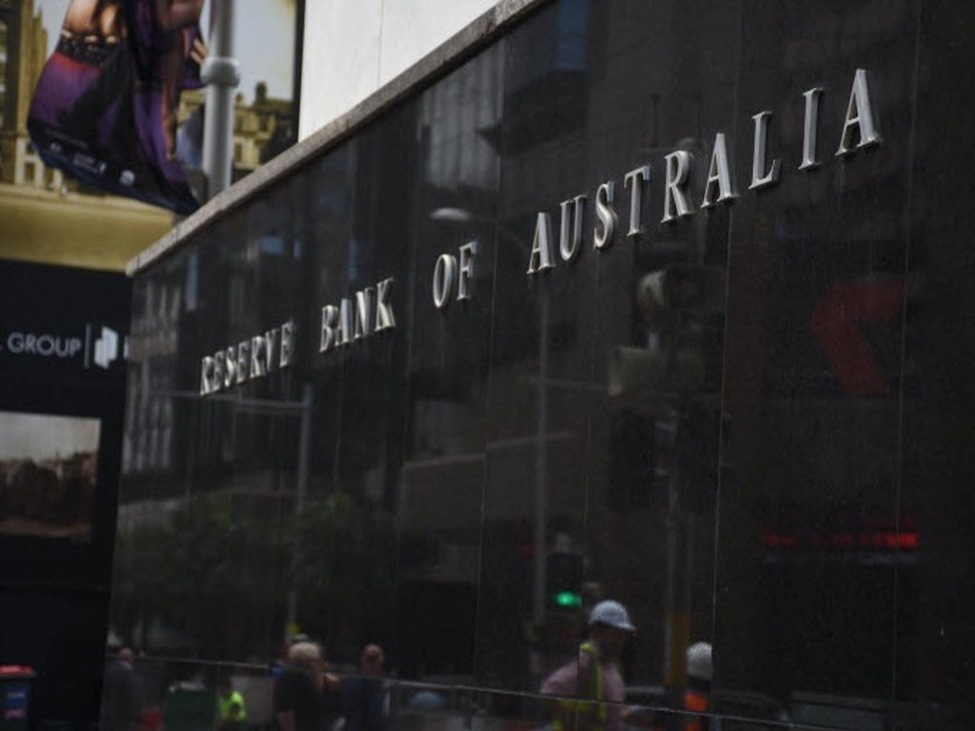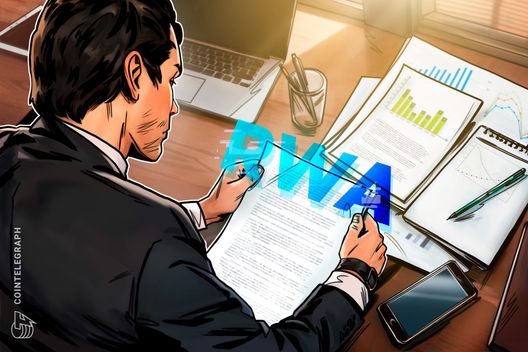Bets for a Reserve Bank of Australia rate cut jumped after soft jobs data but were cut back again after inflation data came in hot. The consensus was for no rate cut today, which is what we have. From the statement accompanying the decision:The Reserve Bank of Australia kept the cash rate unchanged at its November meeting in a unanimous decision, citing rising inflation pressures but heightened uncertainty around the economic outlook.The central bank said inflation had recently picked up, and while part of the September quarter’s increase reflected temporary factors, the data also indicated underlying price pressures remain in the economy.The RBA Board said it judged it “appropriate to remain cautious” and would continue updating its outlook as new information emerges. It noted that domestic activity is recovering, but warned that the overall outlook “remains uncertain” in both directions.“The Board remains alert to the heightened level of uncertainty about the outlook in both directions,” the statement said, adding that policymakers remain focused on the RBA’s dual mandate of price stability and full employment, and “will do what it considers necessary” to achieve that goal.The Bank’s central forecast now sees underlying inflation rising above 3% in coming quarters before easing back to around 2.6% by 2027, consistent with the trajectory outlined in the November Statement on Monetary Policy.Labour market conditions remain “a little tight”, according to the statement, supporting wages and consumption even as the broader economy gradually cools.——————————Separately, the Reserve Bank of Australia sharply raised its core inflation forecasts in its November Statement on Monetary Policy, warning that price pressures will stay above target until the second half of 2026 and that the economy may be running hotter than previously thought.The central bank said recent data suggest “there could be more excess demand in the economy than earlier estimated”, with stronger household consumption, a faster rebound in house prices, and still-tight labour conditions all contributing to upside risks.The RBA now expects trimmed mean inflation to average 3.2% through mid-2026, easing to 2.7% by December 2026 and 2.6% by the end of 2027. It sees headline CPI peaking at 3.7% in June 2026, before moderating back within the 2–3% target band by late 2027.The upward revisions reflect what the RBA described as a “hump” in inflation stemming from the Q3 CPI jump, which it expects to persist until mid-2026.Policy assumptions underpinning the outlook include a cash rate of 3.6% through end-2025, drifting slightly lower to 3.4% in mid-2026 and 3.3% thereafter, suggesting the RBA expects to hold policy in mildly restrictive territory for longer.On growth and employment, the bank forecasts GDP expanding around 2% annually through 2027, with unemployment steady near 4.4% and wage growth easing from 3.4% in 2026 to about 3% by end-2027. It noted that financial conditions have eased since the August rate cut, with policy now “closer to neutral” but still acting to contain demand.The RBA also said global trade uncertainty has had limited impact on Australia so far, while domestic conditions appear firmer than expected, led by a rebound in consumption and property prices. — None of this is very dovish, and on balance its reasonable to say this is a tilt more hawkish from the Bank. The outlook now is only for a very … repeat very … gradual rate cut path ahead. There will be a long period of on hold before a cut. Inflation is forecast back to the mid rate only at the end of 2027. —Background to this:Reserve Bank of Australia meeting today – CBA sees RBA on hold as inflation broadensdata suggest price pressures remain sticky, keeping inflation just above the Reserve Bank of Australia’s 2–3% target band.RBA preview: “material miss” on inflation erases rate cut betsNewsquawk Week Ahead: US ISM PMIs, ADP, Supreme Court Tariff Hearing, RBA, BoE, OPEC-8Preview – RBA to hold rates as sticky inflation delays next cut to 2026 – Reuters poll —Still to come is Reserve Bank of Australia Governor Bullock’s press conference, due to begin at 3.30 pm Sydney time:0430 GMT2330 US Eastern time
This article was written by Eamonn Sheridan at investinglive.com.
💡 DMK Insight
The RBA’s decision to hold rates steady despite fluctuating job and inflation data is a critical moment for traders. With soft jobs data initially sparking speculation for a rate cut, the subsequent hot inflation figures have shifted sentiment back to a wait-and-see approach. This volatility highlights the delicate balance the RBA is trying to maintain, and traders need to watch how this impacts the Australian dollar and related forex pairs. If inflation continues to surprise to the upside, we could see renewed pressure for rate hikes, which would strengthen the AUD against its peers. Conversely, if economic indicators trend downward, the RBA may be forced to reconsider its stance. Key levels to monitor include the AUD/USD around recent highs and lows, as well as broader market reactions to upcoming economic releases. Keep an eye on the next inflation report; it could be a game changer for rate expectations and market positioning.
📮 Takeaway
Watch the AUD/USD closely; a shift in inflation data could trigger significant moves in the forex market.

 Bitcoin
Bitcoin  Ethereum
Ethereum  Tether
Tether  XRP
XRP  Wrapped SOL
Wrapped SOL  USDC
USDC  Lido Staked Ether
Lido Staked Ether  TRON
TRON  Dogecoin
Dogecoin 





